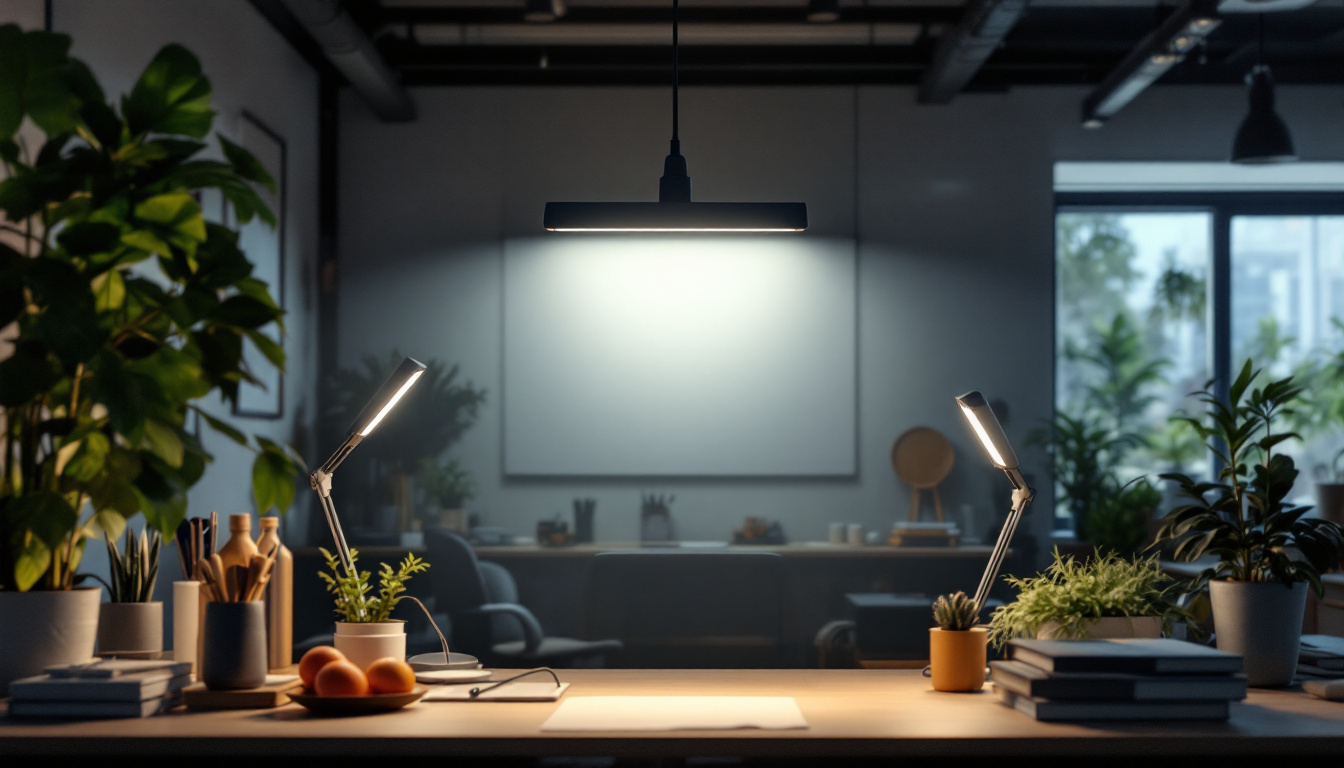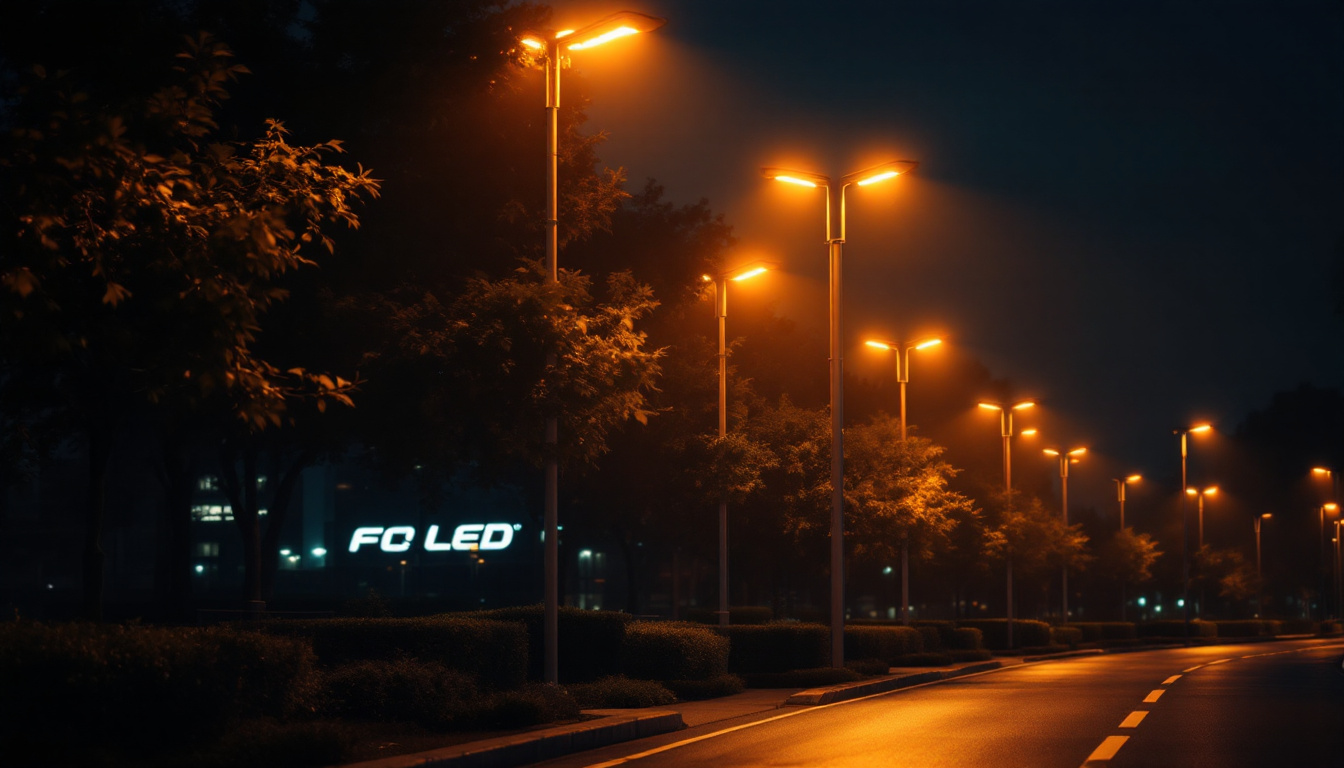
In the realm of commercial lighting, track lighting has emerged as a versatile and effective solution for various applications. Its flexibility, aesthetic appeal, and ability to highlight specific areas make it a popular choice among lighting contractors. This article delves into proven methods for implementing track lighting in commercial spaces, offering valuable insights and practical tips for professionals in the field.
Track lighting consists of a system of lights mounted on a track, allowing for adjustable positioning and direction. This adaptability is particularly beneficial in commercial settings where lighting needs can vary significantly based on the space and its usage. From retail stores to galleries, track lighting can enhance the ambiance and functionality of any area. The ability to reposition lights easily means that businesses can change their lighting schemes to highlight new products or artworks, creating dynamic environments that engage customers and enhance their experience.
To effectively utilize track lighting, it’s essential to understand its key components. The primary elements include the track itself, which serves as the backbone of the system, and the fixtures that attach to the track. These fixtures can vary in design, including spotlights, floodlights, and pendants, each offering unique lighting effects. Spotlights are ideal for accentuating specific areas, while floodlights provide broader illumination, making them suitable for larger spaces.
Additionally, track lighting systems may include power feeds, connectors, and various mounting options, which provide flexibility in installation. Understanding these components allows lighting contractors to tailor solutions to meet specific client needs. For instance, a gallery might require a different configuration than a restaurant, with the former needing focused lighting to enhance artwork and the latter requiring softer, ambient light to create a welcoming atmosphere. The versatility of track lighting systems makes them a preferred choice for many designers and architects.
There are several types of track lighting systems available, each with its own advantages. The most common types include:
Choosing the right type of track lighting system is crucial for achieving the desired lighting effect while ensuring compatibility with existing infrastructure. Furthermore, the choice of track lighting can significantly influence energy efficiency. Many modern track lighting systems utilize LED technology, which not only reduces energy consumption but also offers a longer lifespan compared to traditional incandescent bulbs. This shift towards energy-efficient lighting solutions is not only cost-effective but also aligns with growing sustainability initiatives in both commercial and residential sectors. As businesses and homeowners become more environmentally conscious, the demand for such innovative lighting solutions continues to rise, making track lighting an increasingly popular choice.
When designing a track lighting system for a commercial space, several factors must be taken into account. These considerations can significantly impact the effectiveness and efficiency of the lighting solution.
Before installation, a thorough assessment of the space is essential. This includes evaluating the layout, architectural features, and the purpose of the area. For instance, a retail store may require focused lighting to highlight merchandise, while a gallery may need softer, ambient lighting to create a welcoming atmosphere.
Additionally, understanding the color scheme and decor of the space can influence fixture selection. The right combination of track lighting can enhance the overall aesthetic, drawing attention to key areas while maintaining a cohesive look. Furthermore, considering the height of the ceilings and the placement of furniture is crucial; higher ceilings may allow for longer track runs and more dramatic lighting effects, while lower ceilings might necessitate more compact fixtures that provide adequate illumination without overwhelming the space.
Light levels are another critical consideration. Different areas will require varying intensities of light based on their function. For example, a workspace may necessitate brighter lighting for productivity, whereas a lounge area might benefit from softer, warmer tones.
Utilizing a lighting calculator can help determine the appropriate lumen output for each area, ensuring that the lighting meets both aesthetic and functional requirements. This step is vital for creating a well-balanced lighting scheme that enhances the user experience. Moreover, it’s important to consider the use of dimmers and smart controls, which can provide flexibility in adjusting light levels throughout the day or for different events. This adaptability not only improves comfort but also contributes to energy efficiency, allowing spaces to utilize lighting more effectively based on occupancy and time of day.
Proper installation of track lighting is crucial for optimal performance and safety. Lighting contractors must adhere to best practices to ensure a successful setup.
Before installation, creating a detailed layout plan is essential. This plan should outline the placement of the track, the number of fixtures, and their positioning. It’s important to consider the height of the ceiling and the distance between fixtures to avoid shadows and ensure even light distribution.
Additionally, marking the locations for mounting hardware in advance can streamline the installation process, reducing the likelihood of errors and ensuring a clean finish.
Wiring is a critical aspect of track lighting installation. Ensuring that the power supply is adequate for the number of fixtures being installed is essential for preventing overloads. Depending on the system, contractors may need to run new wiring or utilize existing circuits.
It’s also important to follow local electrical codes and regulations during installation. This not only ensures safety but also guarantees that the installation is compliant with industry standards.
Track lighting systems can be further enhanced with various accessories that improve functionality and versatility.
One of the key advantages of track lighting is the ability to adjust fixtures. Many modern track lighting systems offer adjustable heads that can be rotated or tilted to direct light where it’s needed most. This feature is particularly useful in spaces that require dynamic lighting solutions, such as art galleries or retail environments.
Incorporating adjustable fixtures allows for greater control over the lighting scheme, enabling contractors to create customized solutions that cater to the specific needs of their clients.
As technology advances, integrating smart lighting solutions into track lighting systems has become increasingly popular. Smart lighting allows for remote control and automation, enabling users to adjust brightness, color temperature, and even create lighting schedules.
By offering smart lighting options, contractors can provide clients with a modern and efficient lighting solution that enhances convenience and energy savings. This integration can be particularly appealing to businesses looking to improve their operational efficiency.
Maintaining track lighting systems is essential for ensuring longevity and optimal performance. Regular maintenance can prevent issues that may arise over time.
Conducting routine inspections of the track lighting system can help identify potential problems before they escalate. This includes checking for loose fixtures, burnt-out bulbs, and any signs of wear or damage to the track itself.
Encouraging clients to perform regular maintenance checks can prolong the lifespan of the system and ensure consistent performance. Providing them with a maintenance schedule can be a valuable service that enhances client satisfaction.
Even with regular maintenance, issues may arise. Common problems include flickering lights, uneven lighting, or complete fixture failure. Understanding how to troubleshoot these issues is crucial for lighting contractors.
For flickering lights, checking the connections and ensuring that bulbs are securely fitted can often resolve the issue. Uneven lighting may require adjustments to the positioning of fixtures or the addition of more lights to achieve a balanced effect. In cases of complete failure, inspecting the wiring and power supply is essential to determine the cause.
Examining successful implementations of track lighting can provide valuable insights for lighting contractors. These case studies highlight innovative solutions and creative applications of track lighting in various commercial settings.
In a high-end retail store, track lighting was utilized to create a dramatic effect that highlighted featured products. Adjustable fixtures were strategically placed to focus on key displays, drawing customers’ attention and enhancing the shopping experience. The integration of smart lighting allowed for dynamic adjustments based on the time of day and store occupancy, further optimizing the lighting scheme.
This project demonstrated how track lighting could be tailored to meet specific branding and marketing objectives, ultimately contributing to increased sales and customer engagement.
In an art gallery, track lighting played a crucial role in showcasing artwork without overwhelming the space. The use of adjustable fixtures allowed curators to direct light precisely onto each piece, enhancing colors and textures while minimizing glare. The gallery also incorporated dimmable features to create different moods for various exhibitions.
This case highlights the importance of flexibility in track lighting design, allowing for a customizable approach that caters to the unique needs of each exhibition.
Track lighting offers a versatile and effective solution for commercial spaces, providing lighting contractors with the tools needed to create dynamic and functional environments. By understanding the components, design considerations, installation techniques, and maintenance requirements, contractors can deliver exceptional lighting solutions that meet the diverse needs of their clients.
As the demand for innovative lighting solutions continues to grow, embracing the potential of track lighting will empower contractors to enhance their offerings and stand out in a competitive market. With proven methods and a focus on quality, track lighting can transform any commercial space into a well-lit, inviting environment.
Ready to elevate your commercial lighting projects with the finest track lighting solutions? Look no further than LumenWholesale. Our commitment to providing spec-grade lighting products at unbeatable wholesale prices ensures that you can execute your designs with confidence and cost-efficiency. Say goodbye to local distributor markups and hello to a vast selection of industry-standard, high-performance lighting. With the added convenience of free shipping on bulk orders, LumenWholesale is your go-to source for quality lighting that meets your project’s needs without hidden costs. Don’t compromise on quality or value; explore our wholesale lighting options today and bring your lighting visions to life.

Discover essential tips for selecting the perfect ceiling lights for your living room.

Discover how to enhance your space with 4ft shop lights by optimizing for maximum efficiency.

Discover essential best practices for lighting contractors working with LED street lamps.

Discover how T8 LED lights can revolutionize your business as a lighting contractor.